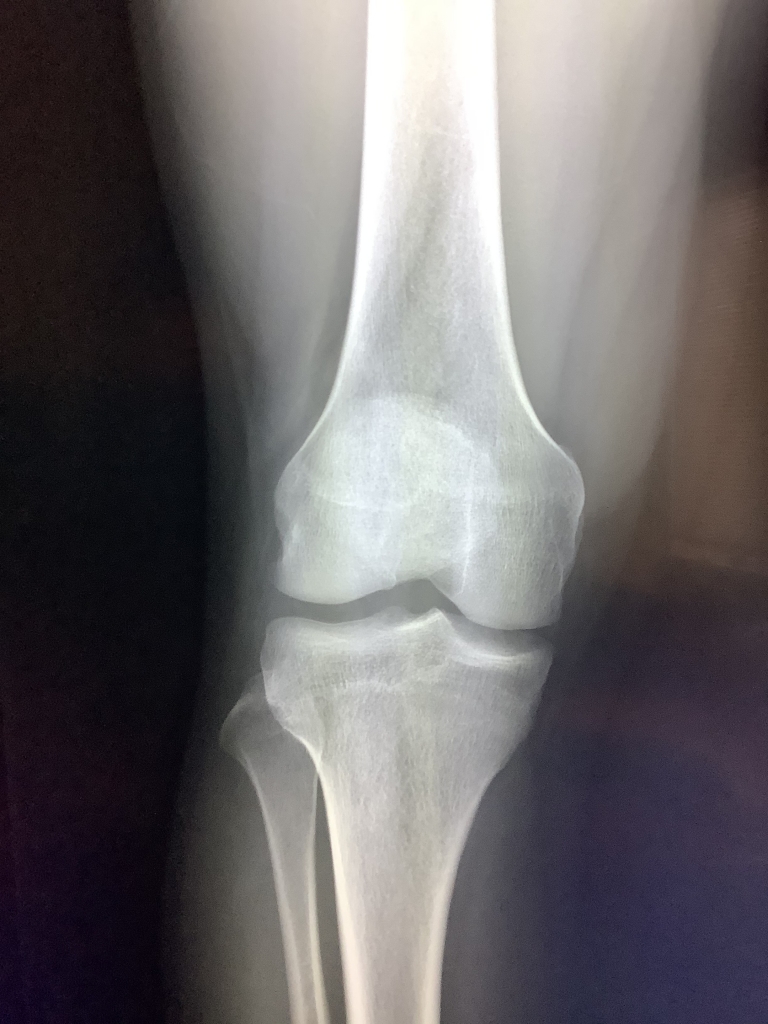Can An X-ray Show Cancer in the Bones?
When it comes to diagnosing bone cancer, various imaging techniques are utilized by healthcare professionals to get a clear view of what’s happening inside the body. Among these, X-rays stand out as an important tool. But how effective are they in detecting cancer in the bones? This article discusses the capabilities of X-rays in the detection of bone cancer, discussing their role, limitations, and the importance of supplementary imaging methods.
The Role of X-Rays in Detecting Bone Cancer
X-rays are a form of electromagnetic radiation that can pass through the body to create images of the bones and other internal organs. When it comes to bone cancer, X-rays can reveal changes in bone structure caused by a tumor. These changes might include unusual bone density, the presence of a mass, or alterations in the bone’s shape. Because bone cancer can cause the affected bone to look different from healthy bone, X-rays serve as an important first step in the diagnostic process.
Understanding Bone Cancer
Bone cancer refers to malignant tumors that arise in the bone tissue. Symptoms may include pain, swelling, and decreased mobility in the affected area. Given the severity of the condition, early detection is crucial for effective treatment. This is where imaging technologies, including X-rays, play an important role. By providing a look into the state of the bones, X-rays help in the early identification of potential cancerous growths.
Limitations of X-Rays in Diagnosing Bone Cancer
While X-rays are invaluable in the detection of bone cancer, they have limitations. For instance, X-rays are better at showing the structure of bones than the details of soft tissues surrounding them. This means that while an X-ray can indicate the presence of a bone tumor, it might not provide comprehensive information about the tumor’s size, exact location, or involvement with nearby tissues. Consequently, doctors often rely on additional imaging tests to get a complete picture of the tumor.
Supplementary Imaging Methods
Following an initial X-ray, healthcare providers may recommend further imaging tests for a more detailed assessment. These can include MRI (Magnetic Resonance Imaging), CT (Computed Tomography) scans, and PET (Positron Emission Tomography) scans.
MRI, in particular, is well known for its ability to show both the bone and the soft tissue around it in great detail, making it highly effective in evaluating the extent of bone cancer. CT scans provide a more detailed look at the bone and surrounding tissues, while PET scans can help in detecting cancer spread.
Importance of Early Detection
The early detection of bone cancer can significantly impact the treatment outcome. It allows for more treatment options that may be less invasive and more effective in managing the disease. That’s why the role of X-rays and subsequent imaging tests cannot be overstated. They are the gateway to diagnosing and staging bone cancer, guiding the treatment plan to ensure the best possible results for the patient.
Conclusion
X-rays play an important role in the initial detection of bone cancer. They are often the first step in a series of diagnostic tests to identify and assess the extent of cancerous growths in the bone. While X-rays can reveal significant changes in the bone structure, additional imaging techniques are usually necessary to obtain a comprehensive view of the cancer.
The combination of these imaging methods enables healthcare providers to devise the most effective treatment. If you suspect any symptoms of bone cancer, consulting with a healthcare provider for an X-ray is an important first step toward diagnosis and treatment.

